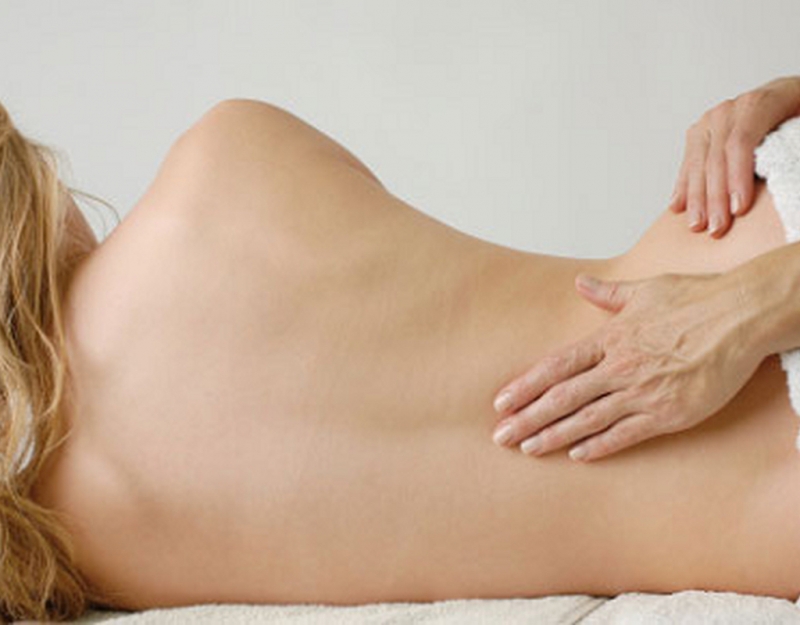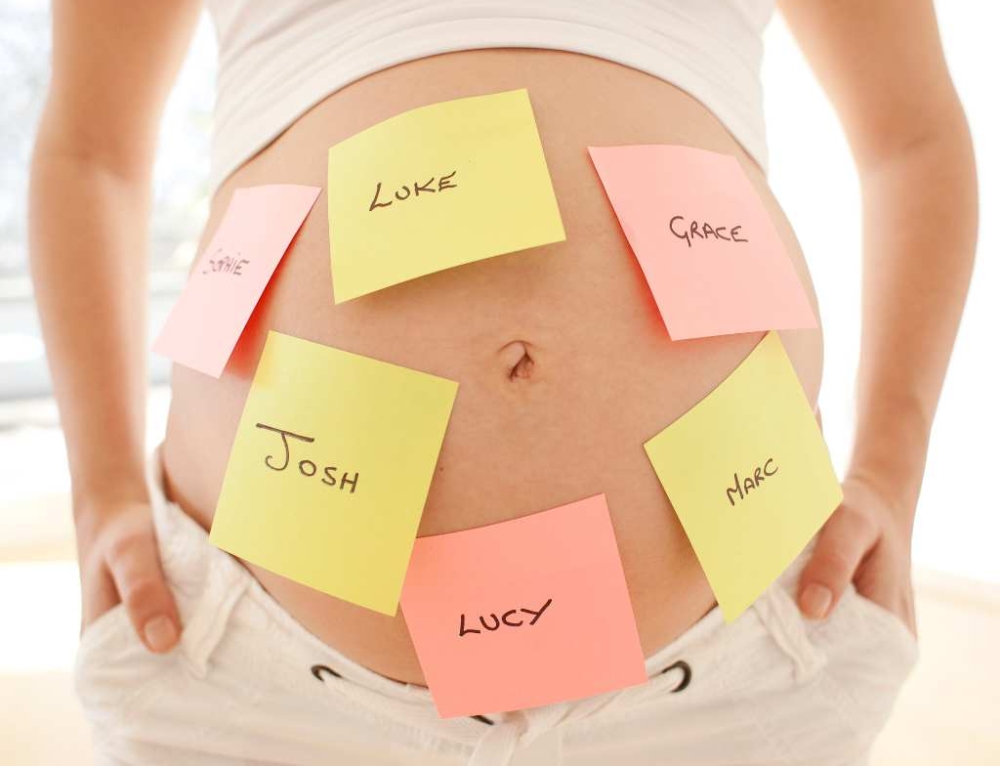Back pain is synonymous with pregnancy. Over 70% of women complain of back aches and pains, particularly during the second and third trimesters of their pregnancy. But understanding the causes of back pain and what can be done to alleviate it, can give you some relief.
Your malleable back
As your beautiful baby bump grows, your lower spine will curve inwards to support your baby’s weight and the top of your spine will curve slightly outwards to support the growth of your breasts.
Your body is also producing a hormone called ‘relaxin’ during pregnancy which is softening the tissues between your bones, allowing your body to expand as your baby grows. Relaxin also helps the joints and tissues to loosen, giving your bones greater flexibility, allowing them to shift and move to accommodate your baby’s growth.
What causes back pain?
There are a number of reasons for back pain in pregnancy. Here are the main ones.
- Ligament softening hormones like relaxin causes your joints to move more than usual, causing extra strain on your back and hips.
- Postural problems caused by your growing uterus and stretched abdominal muscles that restrict you from being able to maintain proper alignment.
- Your baby’s weight causes your lower back to sway as your centre of gravity moves forward
making back muscles short, tight, and painful. - Position of your baby (particularly towards the end of pregnancy) can compress nerves and cause back pain.
Due to your baby’s ever increasing weight, back pain is often worse in the later stages of pregnancy as your bub grows heavier.
Back pain busters
Although back pain is common in pregnancy, there are things you can do to get some relief. Here are 5 easy back ache busters to ease the tension on your spine.
1) Deep heat
A simple massage can be heavenly when you’re suffering from pregnancy back ache torture. Ask your partner to rub your back or indulge in a pregnancy massage. Pregnancy massage is specially designed to alleviate swelling and reduce stress on weight bearing joints.
Heat packs can also alleviate back pain by improving blood flow to your aching muscles which encourages them to relax. Simply apply the heat pack for approximately 15–20 minutes to your sore back as often as every 3–4 hours. Be careful not to overheat your body though – heat packs shouldn’t be hot but feel comfortably warm against your body.
2) Posture pointers
It’s really important that you maintain good posture during pregnancy as standing tall will take the pressure off your already strained back. Try these posture pointers to get into line:
- Always stand up tall and straight with your shoulders back – as if trying to get your head to touch the ceiling.
- Straighten your upper back so that your ear, shoulder and hip are aligned. Tuck your pelvis under using the pelvic tilt.
- Contract your abdominal muscles and buttocks to act as a natural “corset” for your lower back.
- When sitting make sure your back is supported by a small pillow in the curve of your spine to encourage you to sit up straight.
- When sitting don’t cross your legs as this decreases circulation.
- Don’t wear high heels!
3) Sleep easy
The way you lie in bed can put unnecessary strain on your spine and cause back pain. Try lying on your side to take stress off your lower back without reducing the blood flow to the placenta and your baby. Many women also find that sleeping with a pillow can help reduce back pain and suggest:
- Placing a pillow between your legs to support the weight of your top leg and decrease low back strain.
- Placing a pillow under your abdomen to help support the weight of your uterus.
- Placing a pillow behind you for back support.
4) Life be in it!
While exercise when you’re heavily pregnant can feel like more effort than it’s worth, maintaining strong abdominal muscles can help with back pain. Ask your doctor what type of exercise he or she recommends for your stage of pregnancy. A daily walk of between 20 and 30 minutes can do wonders.
5) Back care
Caring for your back is extremely important during pregnancy as it can help eliminate a lot of the discomfort, especially in the later stages.
The most important rule is bending. Never, ever, bend with your legs straight as this places excessive strain on your lower back and always squat or kneel to pick up objects off the floor, keeping your back straight.
If you have a toddler and your pregnant, it’s especially important that you adhere to correct lifting techniques with them too. Always kneel or squat to pick up your child and if this becomes difficult, sit down and let your child climb up onto your lap.
Be really careful when doing the housework. Try lunging with your legs rather than bending your back when doing the vacuuming and, when hanging washing on the line, place the laundry basket on a chair so you’re not bending down to pick up the clothes.
6) Best foot forward
Make sure that you’re wearing the best shoes during your pregnancy. Choose a low-heeled comfortable shoe – with grippy soles if you feel like you’re clumsy! While there is no medical reason not to wear high heels, they tend to exacerbate lower back pain, so try to steer away from the stilettos.
The American College of foot and ankle surgeons recommends a square toed shoe because it offers extra room. They also suggest staying clear of ballet flats/jandals due to the lack of ankle support.
This article was written by Lana Hallowes for Kidspot NZ, New Zealand’s best resource for family health.
Find more:
- Common pregnancy niggles and their treatments
- Pregnancy and anxiety
- How to sleep well through pregnancy
- Common pregnancy complaints







Leave A Comment
You must be logged in to post a comment.